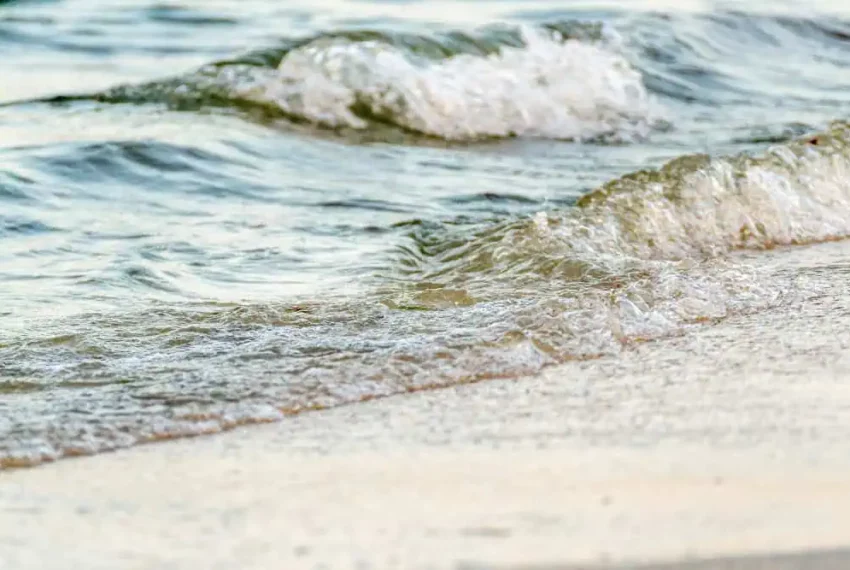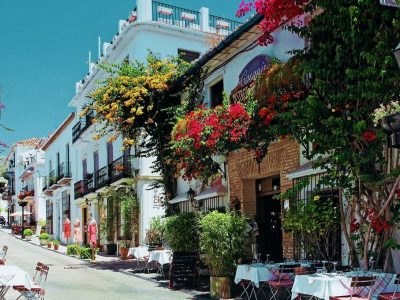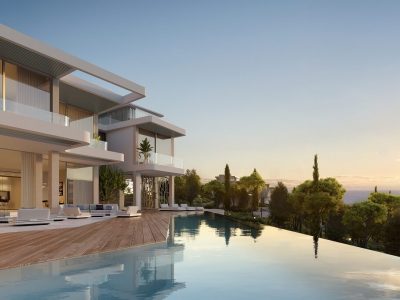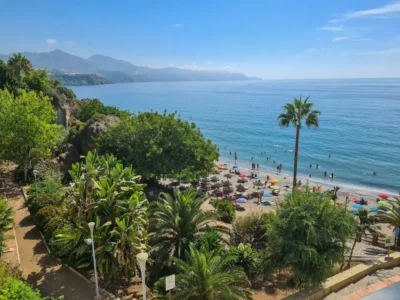
What are Levante and Poniente in Sotogrande?
Sotogrande’s weather is shaped by two dominant winds funnelled by the Strait of Gibraltar. Levante blows from the east/east-southeast, typically hotter, more humid and noticeably stronger; Poniente comes from the west/south-west, cooler and drier, and it usually feels more pleasant—especially in summer. Local guides commonly note Levante can run 40–60 km/h or more, roughening the sea and sometimes reducing visibility with haze or suspended dust; Poniente tends to smooth the sea and clear the air.
In my day-to-day with buyers, the “what wind is it?” question is how we decide beach plans, tee times and even which terrace to book for lunch.
How to read today’s forecast in 60 seconds (Windfinder basics)
Open the Sotogrande River page on Windfinder and check four lines, top to bottom:
-
Direction: E/SE arrows = Levante; W/SW = Poniente.
-
Wind speed & gusts: look at sustained wind and the darker gust values; big gust gaps = choppy, tricky conditions.
-
Waves: height + period tell you how “peaky” the sea will feel (short period + height = messy chop).
-
Tide: combine tide state with wind to anticipate shore break and entry/exit for paddle or dinghy launches.
For viewings near the marina, I quickly scan gusts; if gusts jump 10–15 knots above the mean under Levante, I steer clients to more sheltered promenades first.
When Levante is blowing: effects, sheltered spots and smart swaps
What you’ll feel: warmer, stickier air, stronger sustained wind, and a rougher sea. Visibility can drop into a milky haze, especially towards Gibraltar. Episodes may last several days in a row.
Do more of this
-
Golf: book earlier tee times for cooler air; choose tighter, tree-lined holes when possible to reduce cross-wind punishment.
-
Beaches: pick orientation and built shelter. Urban stretches with buildings behind you or small coves west of the main exposure can feel markedly calmer.
-
Dining: opt for courtyards or leeward terraces.
-
Water sports: switch to shore-based plans (coastal walks, Pilates, padel) when gusts spike.
Do less of this
-
Long, exposed beach days with lightweight umbrellas (they become kites).
-
Offshore paddles or dinghy sailing without an experienced helm.
With strong Levante I pack wrap-around sunglasses, a heavier beach towel and a spare lens cloth—sandy spray gets everywhere.
When Poniente takes over: calmer seas, clearer skies, happier schedules
What you’ll feel: cooler, drier Atlantic air; smaller waves and cleaner visibility. It’s the “go-for-it” wind for a classic beach-plus-lunch day, and great for novice sailors or paddleboarders.
Lean into
-
Sailing & SUP: gentler sea state = confidence for learners.
-
Golf: book late morning to early afternoon for the best balance of light breeze and comfort.
-
Exploring: clearer views across the Rock make coastal walks extra photogenic.
On easy Poniente days I often extend marina viewings; the light and the water are at their best and buyers relax into the area.
Decide in 30 seconds — the quick table
| If you see… | Do this | Skip this |
|---|---|---|
| E/SE wind, gusty, wave height ↑ | Early golf, coves/urban beaches, inland plans | Long open-beach sessions, offshore paddles |
| W/SW breeze, small waves, clear sky | Sailing/SUP lessons, beach-then-lunch, late golf | Over-planning—just go enjoy it |
| Big gust gap on Windfinder | Choose leeward spots; shorten water time | Lightweight parasols; novice dinghy trips |
| Rising tide + onshore Levante | Extra care with shore break; pick sheltered entries | Exposed swimming entries with kids |
(Forecast source: Windfinder Sotogrande River.)
Local tips from a property agent’s routine
-
Check the gusts, not just the mean. Gusts drive how “edgy” the day feels on the water.
-
Angle matters. A subtle swing from E to ESE can turn an OK beach into a sand-blast; W to WSW often feels warmer on the skin by mid-afternoon.
-
Swap plans, not the day. On heavy Levante, I suggest a late brunch, marina strolls and sunset views once temperatures ease.
Working across Sotogrande and the western Costa del Sol, I’ve learnt that matching wind to plan is the secret to perfect first impressions of a home and its surroundings.
And if you’re browsing homes while you’re here, explore current sotogrande property for sale to match your lifestyle with the micro-climates you prefer.
Conclusion
Whether you’re short-listing neighbourhoods, planning a beach morning or booking a tee time, the wind sets the tone in Sotogrande. Read the direction, respect the gusts, and you’ll make smarter plans—and fall in love with the area on the right days for you.
FAQs
How do I know which wind it is today?
Look at direction first: E/SE = Levante, W/SW = Poniente. Then check gusts and waves to gauge comfort levels. Windfinder’s Sotogrande page lays this out hour by hour.
Is Levante always unpleasant?
Not at all. It can feel dramatic and exciting, but expect stronger wind, choppier seas and more humidity; plan shade and sheltered spots.
When is Poniente best?
Often in warmer periods when you want cooler, clearer conditions and calmer water—perfect for relaxed beach days and beginner-friendly water sports.
What wind speed counts as “strong”?
Local explainers frequently cite 40–60 km/h (and higher in bursts) for robust Levante spells. Always verify with the day’s forecast and your activity level.




